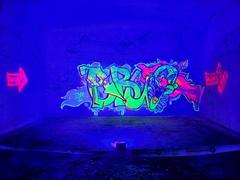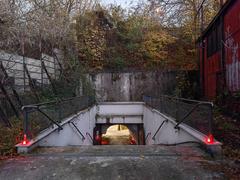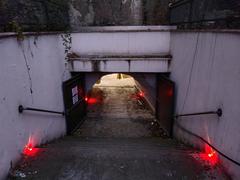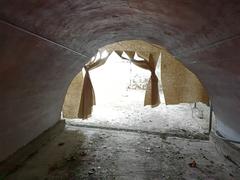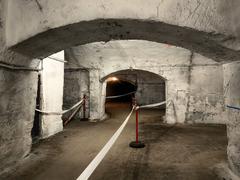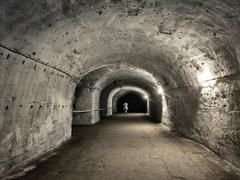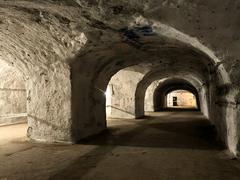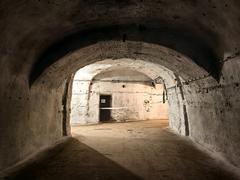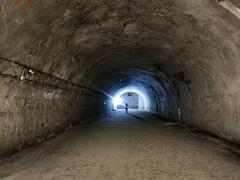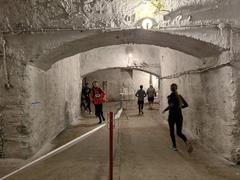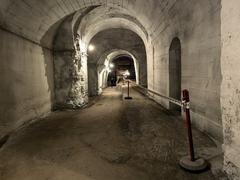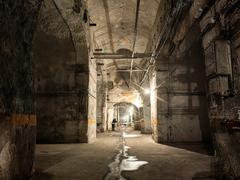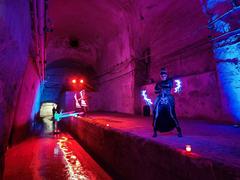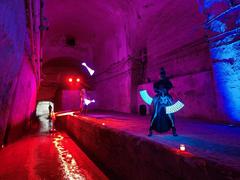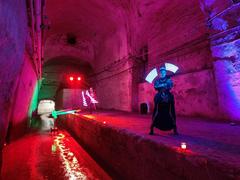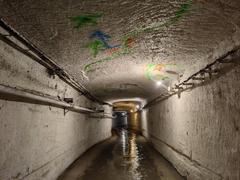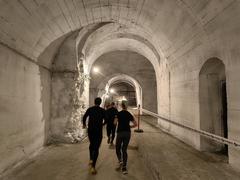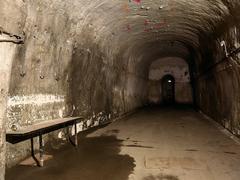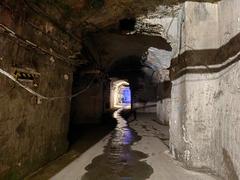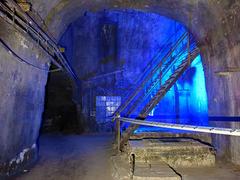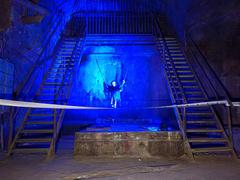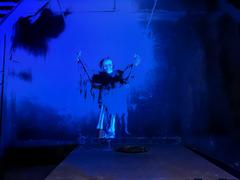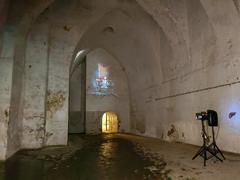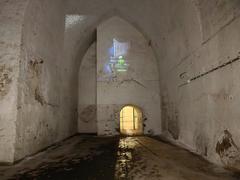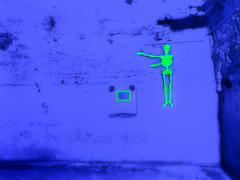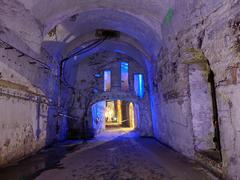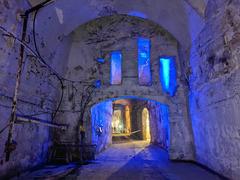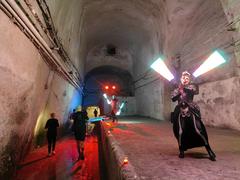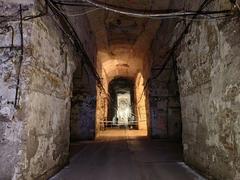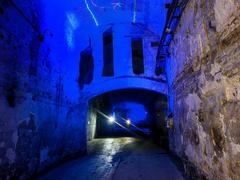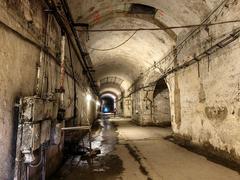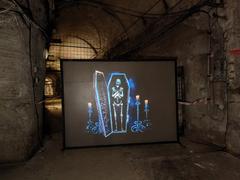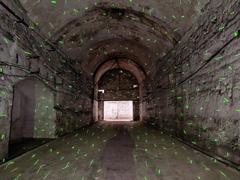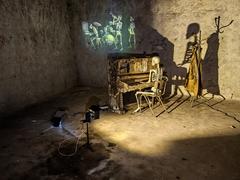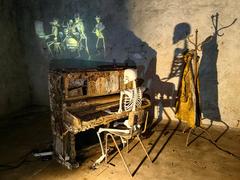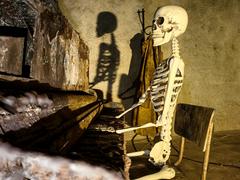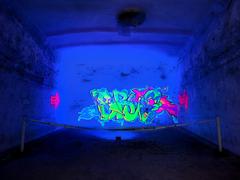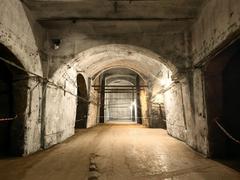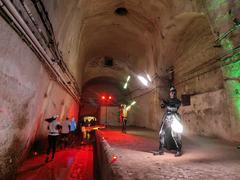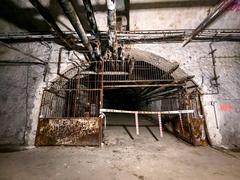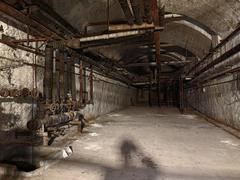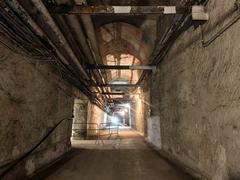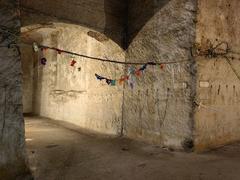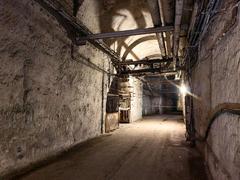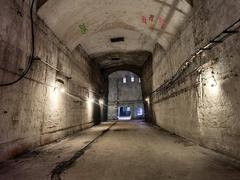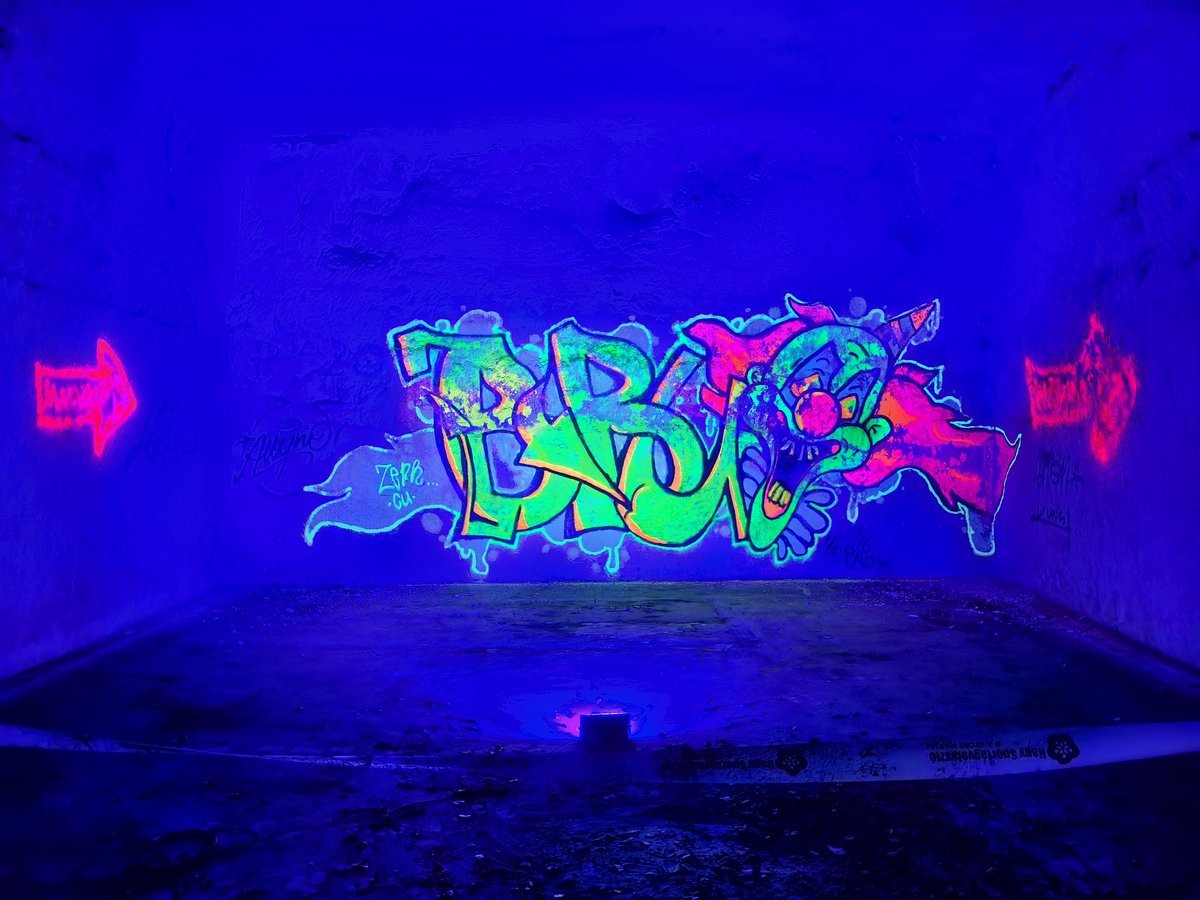
Kőbánya Cellar System: Visiting Hours, Tickets, and Historical Site Guide — Budapest, Hungary
Date: 14/06/2025
Introduction
Beneath the bustling streets of Budapest’s 10th district lies the Kőbánya Cellar System—a captivating underground labyrinth spanning over 32 kilometers and reaching depths of up to 30 meters. This vast network, carved from limestone, encapsulates centuries of Budapest’s layered history. From medieval quarrying and wine storage to industrial brewing and refuge during wartime, the Kőbánya Cellar System is a testament to the city’s ingenuity, resilience, and cultural evolution. Today, selectively accessible through guided tours and special events, these cellars invite visitors on a journey through time, architecture, and local tradition.
Table of Contents
- Historical Overview
- Industrialization and Architectural Features
- Wartime and Post-War Roles
- Modern Rediscovery and Preservation
- Visitor Information: Hours, Tickets, and Tours
- Current Uses: Culture, Wine, and Community
- Safety, Accessibility, and Visitor Tips
- Nearby Attractions and Complementary Experiences
- Frequently Asked Questions (FAQ)
- Summary and Final Tips
- References
Historical Overview
The origins of the Kőbánya Cellar System trace back to the 13th century, when the area was first referenced as “Kőér” in a charter by King Béla IV. Sarmatian limestone was quarried extensively, providing essential material for iconic Budapest structures such as the Hungarian Parliament and Buda Castle (Abandoned Spaces; BBC Travel; Wikipedia).
As quarrying waned in the 18th and 19th centuries, the abandoned chambers found new purpose. The region, renowned for its vineyards, utilized the stable, cool conditions of the cellars for wine storage—making Kőbánya the heart of Pest’s wine production (Drkuktart Blog).
By the late 1800s, following the devastation of local vineyards by phylloxera, the cellars transitioned to serving Budapest’s burgeoning beer industry. Breweries such as Dreher and Schmidt exploited the cellars’ unique microclimate for fermentation and storage (Wikipedia; ultimatebudapest.com).
Industrialization and Architectural Features
Industrialization in the 19th century drove further expansion, transforming the cellars into a labyrinthine network with impressive architectural features. Vaulted arches, robust stone pillars, and high-ceilinged chambers reflect a blend of medieval craftsmanship and industrial-era engineering (BBC Travel). Natural limestone formations, such as stalactites, add to the cellars’ atmospheric appeal. Many passageways remain structurally sound, with original brickwork and remnants of historic barrels still visible (Audiala).
Wartime and Post-War Roles
The Kőbánya Cellar System played a crucial role during World War II, serving as bomb shelters for civilians and as covert industrial sites—including aircraft engine assembly for German Messerschmitts. The cellars even housed underground churches, one in Gothic style, sculpted during this turbulent period (BBC Travel).
After the war, the cellars’ industrial relevance declined with the advent of modern refrigeration and alternative storage methods. Parts of the system, particularly the lower levels, became flooded due to changes in groundwater management, eventually attracting recreational divers (Audiala).
Modern Rediscovery and Preservation
Flooded sections of the cellar system were explored and cleaned by divers in the 1990s, revealing their suitability for underwater activities (BBC Travel). The non-flooded chambers are generally closed to the public but open for special tours during events like Szent László Days and European Heritage Days (Drkuktart Blog).
Preservation initiatives led by local heritage organizations and Budapest’s municipality focus on stabilizing the tunnels, maintaining their historic character, and promoting adaptive reuse for tourism and agriculture (Audiala).
Visitor Information: Hours, Tickets, and Tours
Visiting Hours: Access is primarily through pre-arranged guided tours or during annual events. Typical hours for special tours are 10:00 AM to 6:00 PM. For wine cellar tours (e.g., at Óhegyi Cellar), visits are possible daily from October through August, 10:00 AM to 6:00 PM (closed in September for grape harvest) (aroundus.com).
Tickets: Prices depend on the tour type and organizer, generally ranging from 3,000 to 6,000 HUF (approx. $8–$16 USD). Booking in advance is required, especially for wine or diving tours, which have minimum group sizes and age restrictions (ultimatebudapest.com).
How to Book: Reserve through official district websites, authorized tour operators, or Budapest tourism offices. Confirm language options, as some tours are Hungarian-only, with limited English availability.
Location: Main entrance for wine tours is at Óhegyi Cellar (GPS: 47.48500, 19.13722). The site is easily accessible by public transport (M3 metro to Kőbánya-Kispest, bus/tram lines) (budapest.city).
Current Uses: Culture, Wine, and Community
Industrial and Agricultural Functions
The cellars’ stable cool climate supports modern mushroom cultivation, continuing the tradition of adaptive reuse (aroundus.com). Although large-scale wine and beer storage has diminished, select cellars are still used for aging and tasting Hungarian wines.
Wine Tasting and Cellar Tours
Guided wine cellar tours at Óhegyi Cellar invite groups (minimum six people, ages 18+) to explore the limestone corridors, learn about cellaring history, and sample Hungarian varietals directly from barrels (ultimatebudapest.com).
Cultural and Community Events
Occasionally, the cellars host art exhibitions, concerts, and private events, offering a unique ambiance for cultural enrichment (Drkuktart Blog).
Safety, Accessibility, and Visitor Tips
Safety: Only selected, stabilized areas are open to visitors. The cellars are cool (8–12°C/46–54°F) with uneven floors—wear warm, sturdy shoes, and bring a flashlight. Guides are trained in emergency procedures, but mobile reception is limited underground.
Accessibility: The cellars are not wheelchair accessible and may not be suitable for visitors with limited mobility or young children (minimum age typically 12; for wine tours, 18+).
Visitor Tips:
- Book tours early, especially during peak periods.
- Arrive punctually and follow all safety instructions.
- Photography is generally allowed (no flash/tripods unless permitted).
- Restrooms are not available underground; use facilities before your tour.
Nearby Attractions and Complementary Experiences
Enhance your visit by exploring:
- Saint Ladislaus Church (Art Nouveau architecture)
- Hidegkuti Nándor Stadion
- People’s Park and Óhegy Park
- Planetarium Budapest
- Local breweries and museums (e.g., Kőbánya Brewery Museum, Firefighter Museum)
Frequently Asked Questions (FAQ)
Q: What are the Kőbánya Cellar System visiting hours?
A: Tours are scheduled periodically (often 10:00–18:00 during special events or wine cellar openings). Check official sources for current schedules.
Q: How do I book tickets?
A: Reserve through official district or tour operator websites. Advance booking is required.
Q: Is the site suitable for children?
A: Guided tours generally allow children aged 12 and up; wine tours are 18+ only.
Q: Are the cellars wheelchair accessible?
A: No, due to stairs and uneven terrain.
Q: Can I take photos?
A: Personal photography is usually allowed; always confirm with your guide.
Summary and Final Tips
The Kőbánya Cellar System is a hidden marvel beneath Budapest, offering a rare blend of history, architecture, and cultural experience (BBC Travel; Audiala). While access is limited to guided tours and events, visitors are rewarded with a glimpse into the city’s industrious past and enduring heritage. Plan ahead, dress for the environment, and respect preservation guidelines to ensure a safe, memorable visit. Complement your trip with nearby attractions to fully appreciate Kőbánya’s unique character.
For up-to-date information, download the Audiala app and follow Budapest tourism channels for tour announcements and historical insights.
References
- Abandoned Spaces
- BBC Travel
- Wikipedia
- Audiala
- Drkuktart Blog
- Ultimate Budapest
- Aroundus.com
- Budapest.city
- Expanders.com
- Reddit: Hidden Budapest
